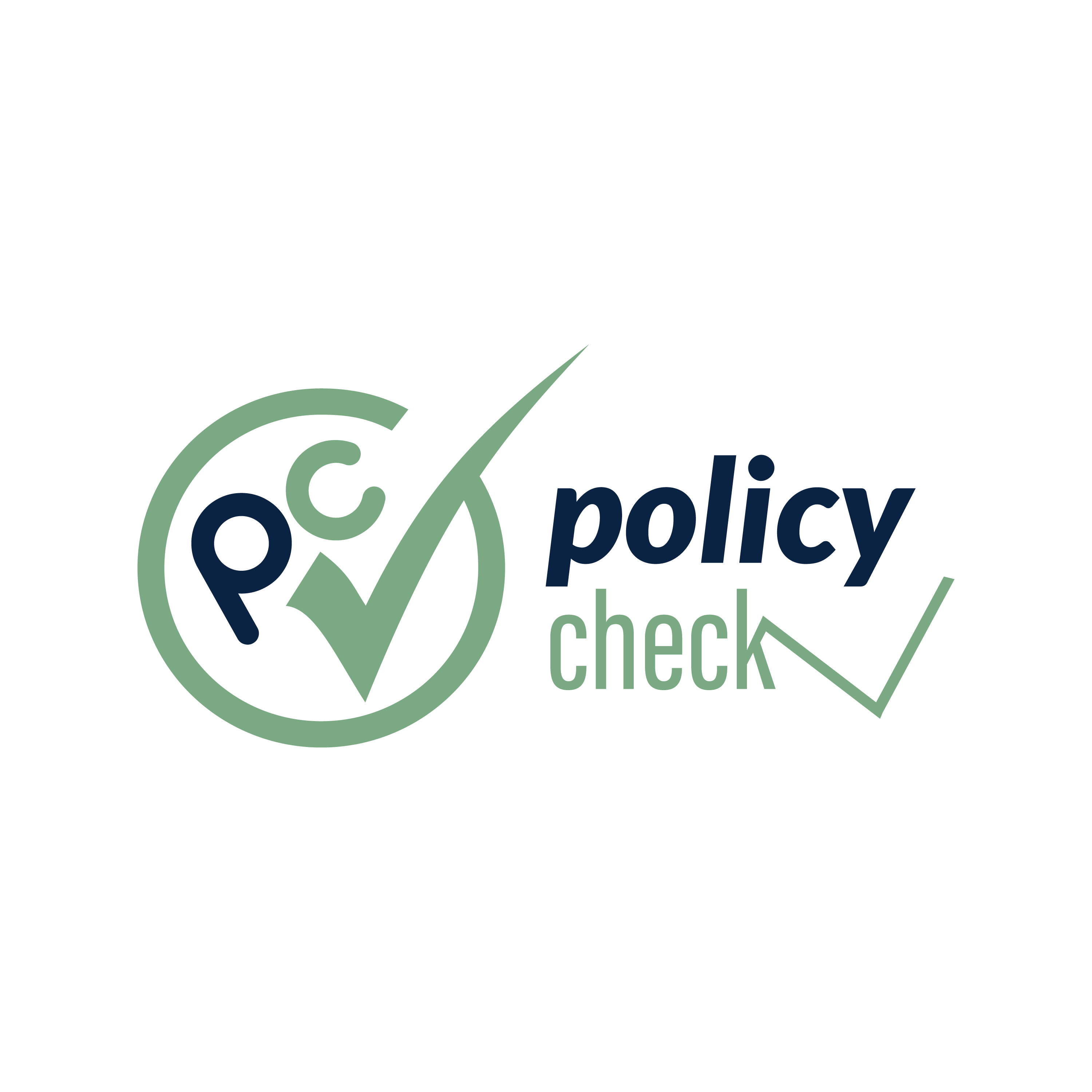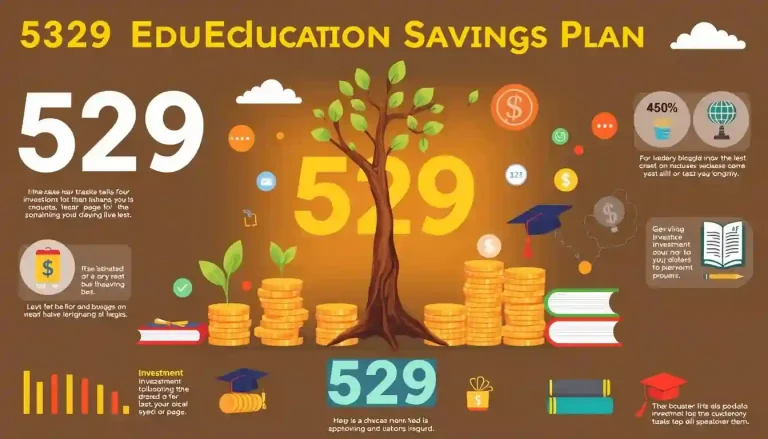Saving for Child Education
Nothing runs in the veins of a parent than education of their child, and thus the dream of every parent is to give their child the best education. But as the expenses of education have increased so has the need to start saving early. An orderly accumulation plan guarantees that as a parent you are well equipped financially to support your child’s dreams in school. Where you stand can be primary, college or even going to the international level and it is important to have a plan. In this article read more to understand the tips that will help you save for your child’s education efficiently.
Why Should One Get a Child Education Plan?
A child education plan is an insurance cover. It makes it easier for parents to ensure that they do not have to borrow at the last minute or even exhaust your savings. Education plans give a disciplined saving regime for use in the future when the prices are required. Besides, they relieve you of the burden of having to cut on your child’s educational needs due to lack of funds. Especially because inflation and the difficult to predict expenses make having a special plan beneficial due to certainty.
Background Knowledge of Total Cost of Education
Thus, its price depends on the place of study, the type of organization, and the length of the course. For example, private institutions may cost a lot of money more as compared to the public institutions. Likewise, going for higher education includes costs such as tuition fees, cost of housing and other living necessities. It is only possible to set realistic target of saving if planning with these cost in mind as explained above. There are always annual increases in fees, so costs have to be adjusted for inflation.
This paper therefore seeks to discuss the following key features of a good saving plan
Basically any good saving plan should be flexible, growing, and secured. These plans should be affordable, come with no high fees, and work favourably for tax purposes besides showing steady earnings. Flexibility enables you to make changes with your payments in cases where your income changes. This is important because you require certainty that the money will be in place when it is needed. Investment link with saving plan to guarantee growth potential which in turn ensures your capital has better returns than inflation rates.
Top Saving Instruments for Child Education
There are several saving options available for parents today:
- Fixed Deposits: Cautious and consistent profits at best, but their corresponding rates of expansion are moderate.
- Insurance-Linked Plans: Provides two typical features of wage motivations – economy and life assurance.
- Mutual Funds: More appropriate for the long-term development, yet remains risky in the process.
- Government Schemes: Safe and secure methods of education saving.
Depending on your level of tolerance to risk and timeframe you can balance between those options.
Benefits of Investing Early
Launching early gives a broad head start since the earlier returns gain interest on their own. So, when I plan and invest for a longer period, the money will have to grow in the time period that I was able to select. For instance, if you start contributing directly from when your child is a toddler, you are able to save relatively small amounts but by the time your child is in college you will have a large corpus. It also means that the taxes can be spread out throughout the years to come when more liabilities are splintered throughout years.
Scholarship and savings state schemes for children’s education.
Many governments across the globe develop different programs that provide incentives in education savings. In India, they include; Sukanya Samriddhi Yojana and PPF are good examples. As mentioned above these schemes offer tax advantages, risk-free assured income and secure investments. Scholars recommending thereby means that, searching for and investing in such schemes can drastically increase your savings.
Education Insurance Linked Plan
Insurance-linked plans are blend of life insurance and savings. They help protecting your child’s education fund in your absence, as well. These plans normally have provisions for a maturity benefit which means that once the agreed maturity period is fulfilled, then the policy holder is paid a lump sum. Indeed, compared to mutual funds, some ETFs might not necessarily bring big profits, but the major advantage of low risks made them very favourite among parents.
Link between Mutual Funds and Child Education Goals
Generally, mutual fund suits the parents having the moderate-high risk taking ability. Hybrid investment products are as follows Equity mutual funds especially yield betterreturns in the long run. SIPs allow the consumer to invest fixed sums at fixed intervals, it is thus disciplined way of saving. But, it is imperative to consider some risks associated with mutual fund investment and seek professional Finance Advisor.
Selection of an appropriate plan for ones’ child
The selection of the appropriate plan remains a function of the investment objectives that include; the amount of capital available, the capability to take risks and the time horizon. Where the objectives are short-term in nature, little risk investment such as fixed deposit should suffice. Equity and if you are looking at a long-term horizon for your investments you could consider an equity-linked investment. When choosing the plan, one should consider fees, flexibility of the plan and how the plan’s potential for growth may be amplified. Customers should always read the content of the statements and get assistance from the professionals in making the decisions.
Strategies for getting the Most Out Your Planet’s Cash
- Start Early: Timing is always a very important factor when trying to make anything work as intended, the earlier the better.
- Automate Savings: When having to make regular payments one should set up recurring transfers in order to maintain a constant frequency.
- Cut Unnecessary Expenses: Fund a savings plan is the only thing that you should do with extra funds.
- Review Regularly: To ensure that your plan contributing to the agenda of your goals regularly evaluate the plan to reflect the set goals.
- Diversify Investments: Divide your savings across all available investments in order to effectively minimize the risk for acceptable level of returns.
Guideline and Control of the Savings
This way, the goals and targets are well achieved since you always check your progress regarding your savings. Taking with you financial applications and tracking tools to keep up with your progress. In case of shortages in the plan, one should either increase the share contributions or decide on other types of investments. Some life circumstances, including fluctuations in income or emergence of new cost, might force you to make certain changes in your approach to savings.
How to Invest in Your Child’s Future to Get the Best Returns
The intelligent investment decisions are characterized by the ability to grow, be secure and have flexibility. Savings can be enhanced by integrating compound savings with improved forms of investment including the mutual fund. Also, it’s possible to enhance the returns by being informed on new business schemes and tax relief. Please bear in mind that today’s investment choices will determine the chances of success of your child tomorrow.
Conclusion: Ahead Planning for Better Tomorrow
Child education saving plan is not just an economic strategy but planning for your child’s future and developing a blueprint of the same. In essence, you can build your wealth easily if you do the right things at the right time and consistently invest in the right channels. Simply put, the more you start preparing for it early enough the more you will have so many choices when it comes to financing your child’s dreams.
FAQs
Q1: When do I need to start saving for my child’s education?
However, the best time to start is as soon as you can, preferably when your child is born to gain the most from compounding.
Q2: In my opinion, the best option at present for saving for child education is.
The most suitable plan depends with your objectives but combining mutual funds, insurance linked plans, and government initiatives are ideal.
Q3: What should I save per month for my child’s education?
This is pegged on your child’s educative aim, period as well as the cost of learning. These must be estimated to come up with a realistic figure addons.
Q4: Is there anything as a tax-sheltered education savings plan?
Yes there are tax advantages accruing from many education savings plans under specific laws and regulations. Comparing the tax before investing.
Q5: Can I tweak my saving plan when I find that I am earning more or less than expected?
Many saving plans are as well designed to be flexible enough in that one can contribute more cash or even reduce this depending on the situation.








